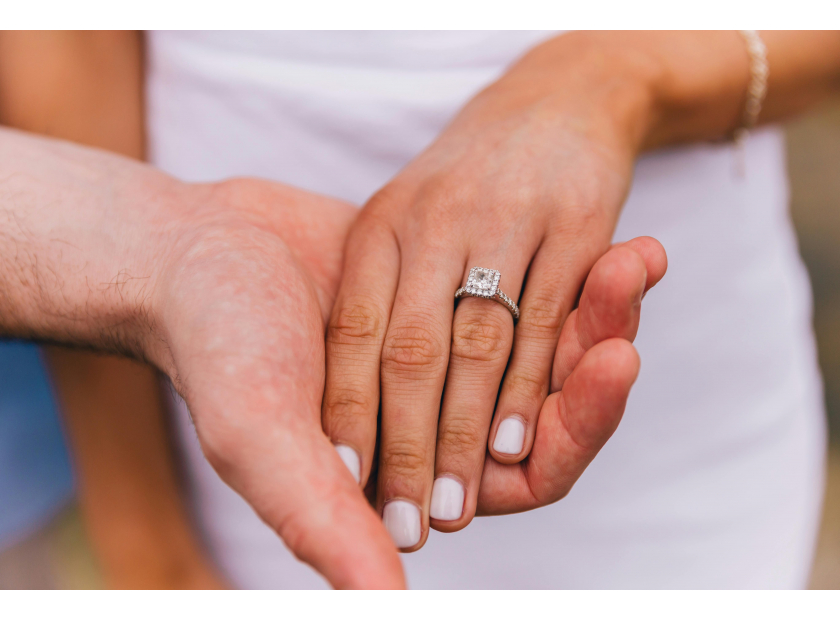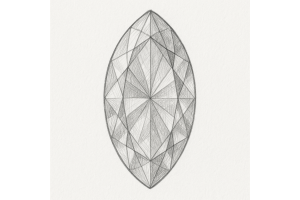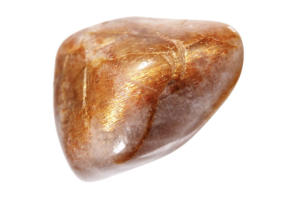GBP
/
GBP
/
Shipping to:
Currency:
Do Lab Grown Diamonds Change Colour Over Time? | Complete Guide
Lab-grown diamonds are becoming increasingly popular, offering a more ethical and environmentally-friendly alternative to natural diamonds.
However, one question often arises when considering a lab-grown diamond: "Do lab-grown diamonds change colour over time?"
Let’s explore the science behind lab-grown diamonds and whether or not they maintain their colour and brilliance as the years go by.
What Are Lab Grown Diamonds?
Lab-grown diamonds are created in controlled laboratory environments that mimic the natural processes that form diamonds beneath the Earth’s surface.
These diamonds are chemically, physically, and optically identical to natural diamonds.
The two main methods used to create lab-grown diamonds are the High-Pressure High Temperature (HPHT) method and the Chemical Vapour Deposition (CVD) method.
Both processes result in diamonds that are as real as the ones extracted from the Earth, with no discernible difference to the naked eye.
If you’re considering lab-grown diamonds, check out our lab-grown diamonds collection for a wide selection.
What Causes Diamond Colour?
The colour of a diamond is influenced by the presence of trace elements and imperfections in its crystal structure.
For instance, nitrogen gives diamonds a yellow tint, while boron creates a blue hue.
Both natural and lab-grown diamonds can exhibit these colours, depending on the conditions they were created under.
In the diamond industry, diamonds are graded on a colour scale from D (colourless) to Z (light yellow or brown).
Whether a diamond is natural or lab-grown, the same grading scale applies.
To explore a variety of stunning coloured diamonds, check out our fancy coloured diamonds.
Do Lab Grown Diamonds Change Colour?
The short answer is no – high-quality lab-grown diamonds do not change colour over time.
Just like natural diamonds, lab-grown diamonds are incredibly stable and resistant to changes in their structure or appearance.
Some people worry that lab-grown diamonds may fade or develop a yellow tint over time, but this is a myth.
If properly cared for, a lab-grown diamond will retain its original colour and brilliance for decades, if not centuries.
You can explore our round lab-grown diamonds, designed to maintain their sparkle for a lifetime.
The Stability of Lab Grown Diamond Colour
Lab-grown diamonds are crafted using advanced technology that ensures their colour stability.
In particular, the HPHT and CVD methods both produce diamonds with stable atomic structures, meaning they will not change in appearance over time.
This colour stability is one of the reasons lab-grown diamonds are so highly valued – they offer the same long-lasting quality as natural diamonds at a more affordable price point.
Factors That May Affect Perceived Colour in Lab Grown Diamonds
While the diamond itself won’t change colour, certain factors can influence how it appears to the eye.
Dirt, oil, and dust from everyday wear can accumulate on the surface of the diamond, dulling its sparkle and affecting how light reflects through it.
This build-up can sometimes create the illusion of a colour change, but it’s purely cosmetic.
Additionally, the metal setting of the diamond can sometimes cast a subtle hue on the stone, particularly if the diamond is set in yellow or rose gold.
This doesn't change the actual colour of the diamond but may influence how it looks in certain lights.
Regular cleaning and proper care will ensure that your diamond always looks its best.
To find unique shapes that reflect light beautifully, browse our collection of pear-shaped lab-grown diamonds or cushion-cut lab-grown diamonds.
The Role of Diamond Grading in Colour Stability
Lab-grown diamonds are graded using the same rigorous standards as natural diamonds.
When you purchase a lab-grown diamond, its colour grade will be certified by a recognised gemological institute, such as the Gemological Institute of America (GIA) or the International Gemological Institute (IGI).
These certifications guarantee that the diamond's colour grade is accurate and stable, giving you confidence that your diamond will remain the same beautiful shade throughout its lifetime.
Choosing a diamond in the D-F range (colourless to near-colourless) is a good way to ensure that your diamond will always look stunning, regardless of its setting or environment.
For timeless options, explore our emerald cut lab-grown diamonds or princess cut lab-grown diamonds.
How to Care for Your Lab Grown Diamond to Maintain Its Brilliance
Maintaining the beauty and colour of your lab-grown diamond is simple.
Regular cleaning and occasional professional care will keep your diamond sparkling for years to come.
You can clean your diamond at home using warm water, mild dish soap, and a soft-bristled toothbrush.
Gently scrub the diamond to remove any dirt or oil build-up.
Be sure to rinse it thoroughly and dry it with a soft, lint-free cloth.
For a deeper clean, consider taking your diamond to a professional jeweller.
They can use specialised cleaning equipment to restore your diamond’s original brilliance.
When you’re not wearing your diamond, store it in a soft cloth pouch or a jewellery box to protect it from scratches and exposure to harsh chemicals.
This will help maintain its sparkle and prevent any damage to the stone or its setting.
For more on high-quality diamond care, visit our diamond care page.
Common Myths About Lab Grown Diamonds Changing Colour
There are several myths surrounding lab-grown diamonds, particularly about them changing colour over time.
One common misconception is that lab-grown diamonds turn yellow after a few years.
This simply isn’t true.
Lab-grown diamonds are just as durable and long-lasting as their natural counterparts.
The technology used to create them ensures that their colour and clarity remain consistent throughout their lifespan.
Another myth is that lab-grown diamonds are less valuable because they can supposedly lose their brilliance.
Again, this is false.
A lab-grown diamond’s beauty and quality are on par with natural diamonds, and they are designed to last a lifetime.
Conclusion: The Truth About Lab Grown Diamonds and Colour Changes
In summary, lab-grown diamonds do not change colour over time.
They are created with stable properties that ensure their brilliance and beauty remain consistent throughout their lifetime.
While external factors like dirt or the metal setting may influence how the diamond looks, the stone itself remains unchanged.
For anyone considering purchasing a lab-grown diamond, rest assured that these gems offer the same durability and long-lasting appeal as natural diamonds, making them a brilliant choice for engagement rings and other fine jewellery.
If you're searching for the perfect diamond, explore our range of radiant cut lab-grown diamonds or heart-shaped lab-grown diamonds.
Frequently Asked Questions
Can environmental factors cause a lab-grown diamond to change colour?
No, lab-grown diamonds are not affected by environmental factors such as light or temperature.
Any perceived changes in colour are likely due to surface dirt or oil build-up, which can be easily cleaned off.
How often should I clean my lab-grown diamond to maintain its colour?
It’s a good idea to clean your diamond every couple of weeks if you wear it daily.
For professional cleaning, take it to a jeweller once or twice a year to ensure it stays in top condition.
Is there any difference in colour durability between natural and lab-grown diamonds?
No, both natural and lab-grown diamonds have the same durability and stability when it comes to colour.
Both types of diamonds are designed to last a lifetime without any changes in appearance.









